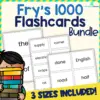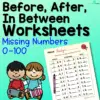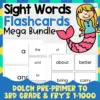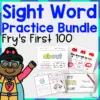Emotions are abstract concepts that children will need to learn and understand to process. Explaining one’s emotions will lead children to become mindful of other people’s feelings.
Children may sometimes be hesitant about discussing their feelings, but no need to worry. Here are ten activities that will help children learn and express their emotions.
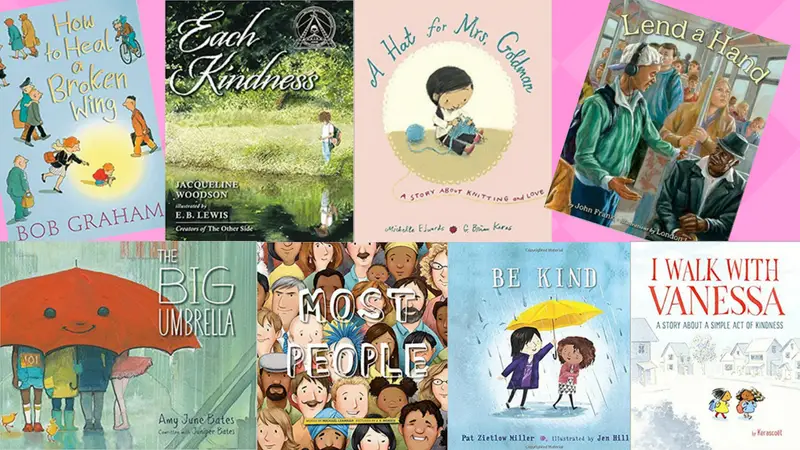
Stories are a powerful vehicle for change. They convey ideas and may change perspectives. Similarly, stories directed toward feelings will go a long way for children to understand their emotions.
Use a book that specifically targets emotions such as sadness, anger, and happiness. These books provide contextual scenarios that children will be able to relate to.
For example, the book “Boo Hoo” by Ben Clanton is about dealing with fear and sadness from trying to make new friends. A ghost named Boo tries to fit in with a group of friends he just met.
Boo tried to play with them, but all his attempts failed. In the end, the group made adjustments by playing a game that he could join; hide and seek.
Use books such as this to discuss the emotion related to the situation. Mention what the problem is and ask the children how it was resolved.
Encourage children to think critically by giving them opportunities to think of a different solution if they are in the same situation.
For this activity, you will need:
- Books about emotions
For more information on this activity, go to WeAreTeachers.com.
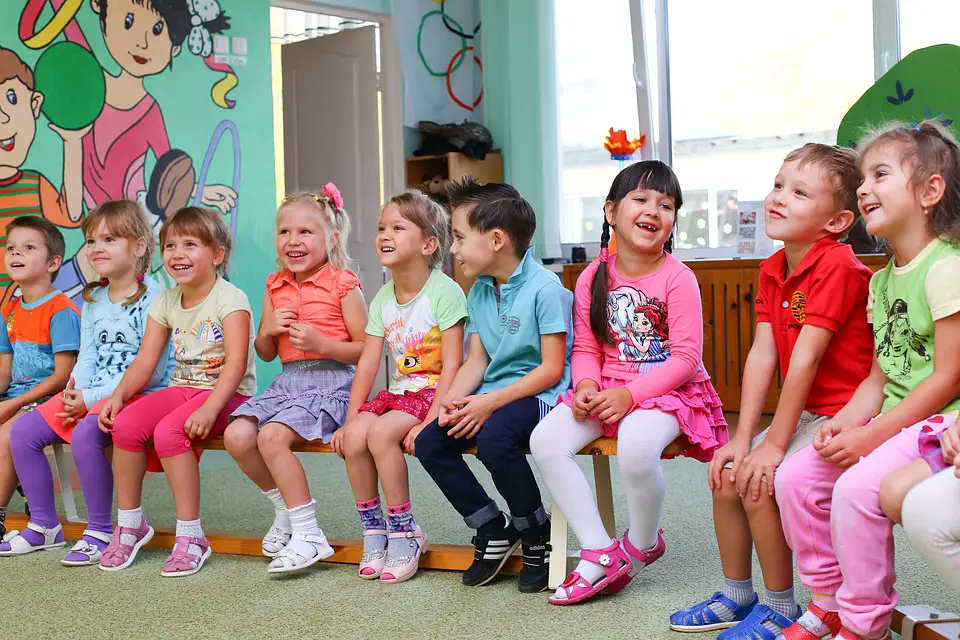
Songs are beneficial to children. Exposure to these will help children develop their areas of learning. Music provides a relaxing effect that helps children become engaged in the activities.
While there are many songs for preschool children, it is helpful for educators to become familiar with songs that deal with emotions.
For example, the song “Cry, Cry, When You’re Sad” by Jean Warren, which follows the tune of “Row, Row, Row, Your Boat,” helps children understand that it is acceptable to feel sad and to cry.
Children will learn that expressing sadness is fine, and one of the ways to do this is through crying. Discuss the different reasons and situations why children cry. Talk about the different ways of coping with sadness.
Ask children about the things that they do to overcome sadness. Present real-life situations for children to relate and empathize with others. Provide alternatives that are acceptable for coping with sadness.
For this activity, you will need:
- A video of the song “Cry, Cry, When You’re Sad” or other emotion songs like “When You’re Happy and You Know It.”
For more information on this activity, go to EducationSeattlePi.com.
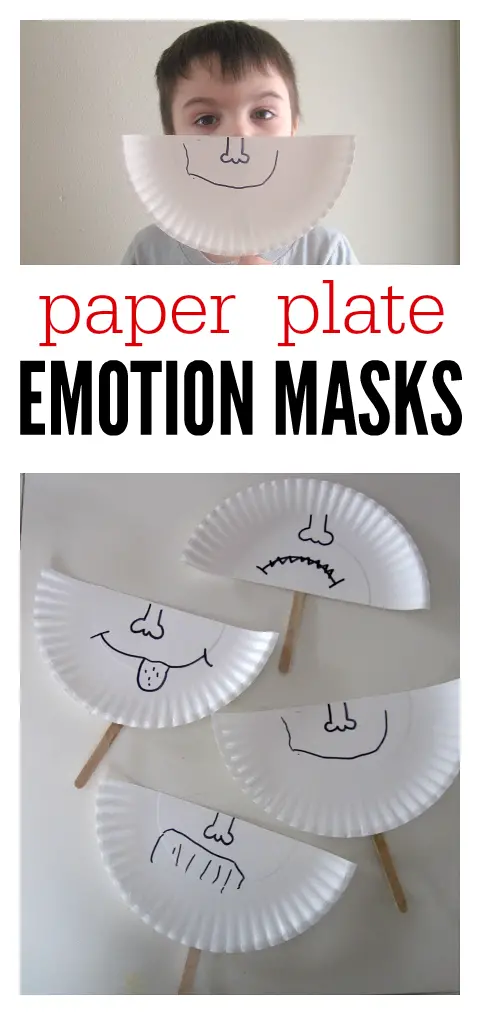
Exploring the emotions of young children with these masks is a brilliant idea. It is a very simple activity that will allow young minds to openly discuss their feelings and participate in a healthy conversation about the topic.
Cutting paper plates and drawing facial expressions will also help children improve their fine motor skills. Use this craft to go with the book “My Feelings and Me” by Holde Kreul.
The book explains the different emotions that children go through. It encourages children to be comfortable with themselves by letting them know that it is okay to feel such emotions because others, including adults, also feel the same way.
To make the masks, cut the paper plates in half and write the emotion on the back of each half circle. Flip it over so that the straight edge is where the nose will be and the curved part is for the chin.
Let children draw the different expressions. Include a mouth, teeth, and tongue, if necessary. Tape the craft stick to the back of the paper plate.
For this activity, you will need:
- Paper plates
- Craft stick
- Crayons
- Marker
- Scissors
- Sticky tape
For more information on this activity, go to NoTimeForFlashcards.com.
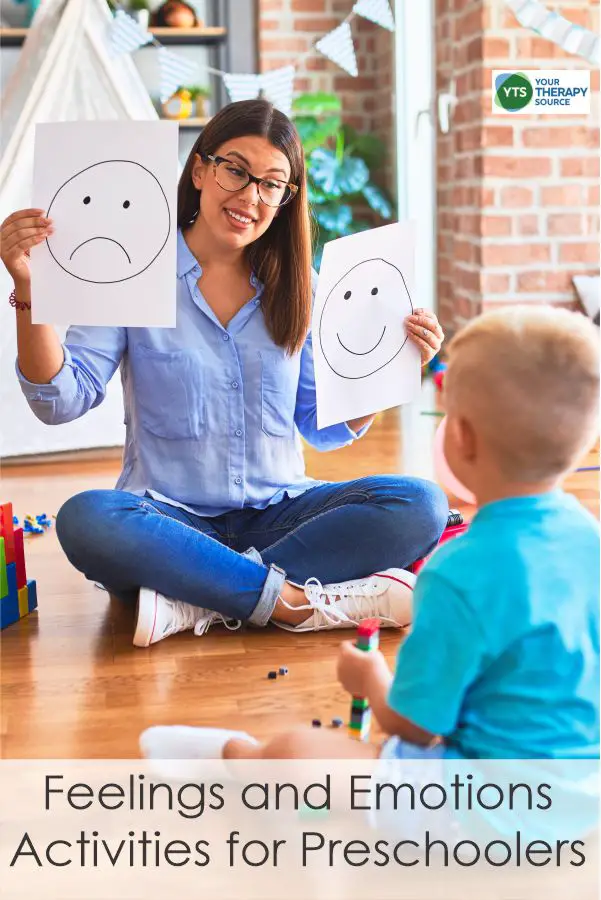
Perfect for circle time, the feelings chart is an indispensable tool for social-emotional learning. Children will not only be able to understand their own emotions but those of others. as well.
Discuss these emotions and the reasons or situations related to them. This activity will help children become more aware of themselves and learn empathy and concern for others.
The site suggests using stuffed animals or toys with different emotions for this activity. If unavailable, use paper with other expressions, such as happy, sad, and mad.
Another option is to provide a chart with their names and a blank spot for them to draw an expression based on how they feel at the moment. Ready-made smiley faces can also be an alternative for this activity.
Briefly ask children how they feel at the moment. Find out the reason for this. Ask others how they would feel being in the same situation.
If it is a negative emotion, such as anger, give time to discuss how it can be managed properly. Talk about how children can express their anger without resorting to aggression.
For this activity, you will need:
- Feelings chart
For more information on this activity, go to YourTherapySource.com.
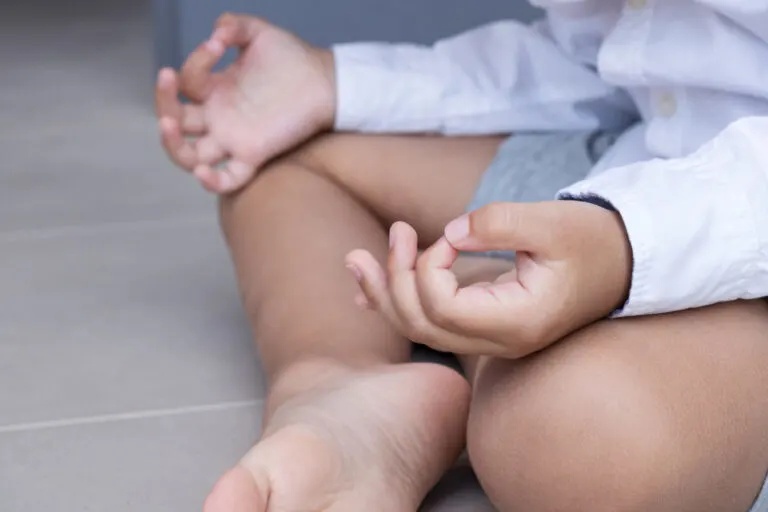
The peace corner is part of the Montessori program that helps children explore and assess their emotions by staying in a calming location that will allow them to reflect on their actions and feelings.
Children exposed to overstimulation may feel overwhelmed even when the activity is fun and exciting. Sometimes, this leads to a meltdown. The peace corner is the go-to for children to take a break from a stressful situation.
Providing the appropriate environment with a calming atmosphere will help children manage their emotions.
Prepare the peace corner by choosing a quiet spot. If possible, the place should be softly lit and private.
Include sensory toys for children to explore. These can be sensory bottles and toys, sound-blocking headphones, pillows, and other items to help children calm down.
Remember that a peace corner is not identical to time-out areas. Therefore, it is necessary to provide various materials to help soothe the child and process big and complex emotions.
For this activity, you will need:
- Sand timer
- Squishy ball
- Sensory toys
- Small blanket
- Throw pillows
- Sound blocking headphones
For more information on this activity, go to ReachForMontessori.com.
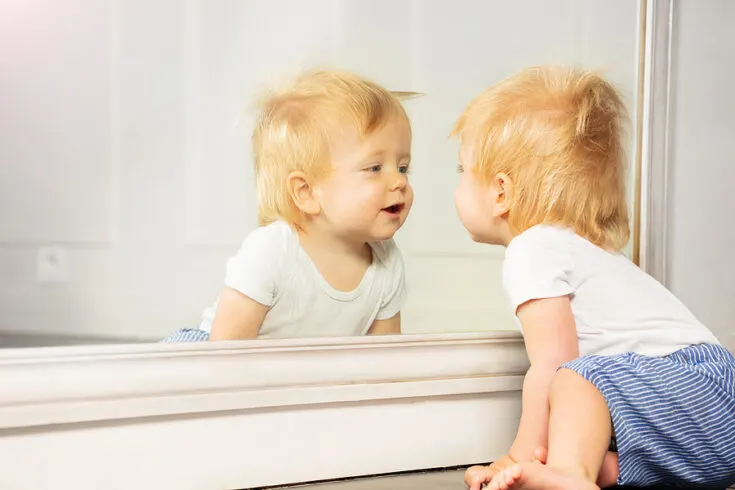
Children do not understand how they look when a strong emotion is at play. This activity will help children explore their expressions and improve their self-awareness.
Provide a mirror for children to look at. Use a handheld mirror or one that is large enough for them to see their faces. Start with asking children basic facial expressions such as happy, sad, and mad.
Next, make it more challenging by providing different scenarios for children to think about. For example, tell the children, “Show me how you would feel if someone broke your favorite toy.”
Use different situations relatable to children to generate different types of expressions. Include factors such as likes and dislikes, their favorite food, toys, activities and routines, and places.
Once children become familiar with the basic emotions, try others, such as boredom, excitement, and worry. This activity is perfectly paired with the book “How Do You Feel” by Anthony Browne.
For this activity, you will need:
- Mirror
For more information on this activity, go to EmpoweredParents.co.
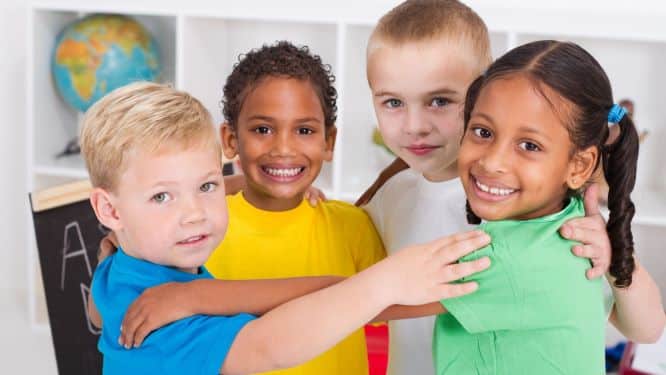
Introduce emotion-based games to children to explore their feelings and those of others. The hugging game provides a sensory experience for children and gives a sense of warmth and security.
These games can be stand-alone or part of another activity. There are several ways to incorporate hugging games in class.
One is the hug relay. Let children play a regular relay game. However, instead of tagging another teammate during change-overs, let them hug each other. This is a good way to encourage and support the next in line.
During circle time, hugging another classmate can be part of the routine. As they are seated in a circle, let the first child hug another child, repeating until all of them have been embraced.
Children may not be aware of what other children go through before making it to school. Some might have meltdowns on the way or probably had a bad morning. Hugging another classmate may help ease the negative emotions they are harboring.
For this activity, you will need:
- Oral instructions
For more information on this activity, go to EarlyImpactLearning.com.
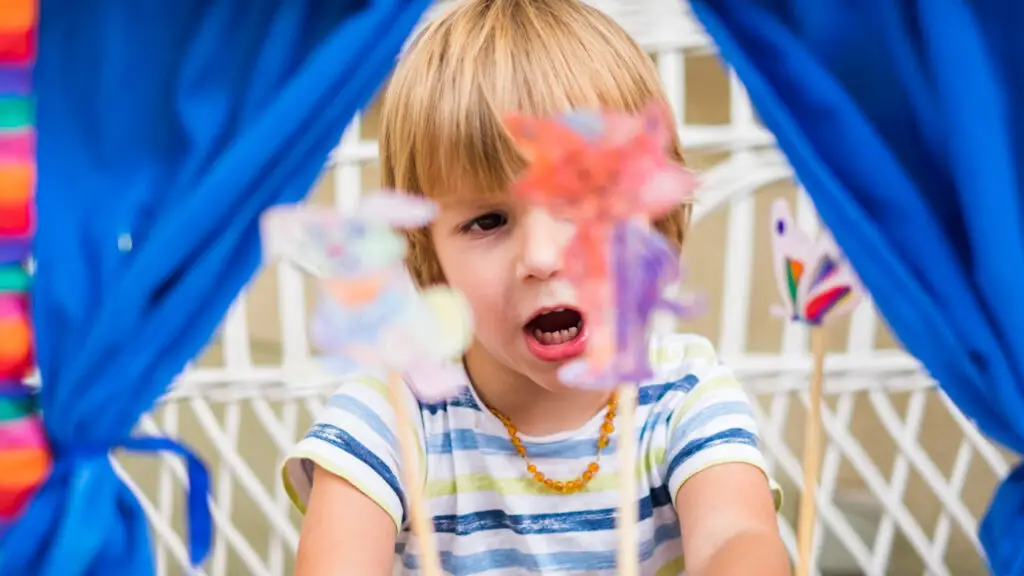
Playing with puppets provides an avenue for children to express their emotions during free play. Children create conversations with puppets that reflect their experiences.
This is a wonderful activity to develop oral language skills while understanding children’s different feelings. Playing with puppets also enhances their fine motor skills.
Use whatever puppets are available. Stuffed toys that are small enough for the child to handle are also recommended. The site recommends allowing a free flow of conversation, allowing the child to dictate the flow and direction of the story.
For example, if the child makes the puppets dance, let it be known that another puppet is jealous of the skill. This way, children will be able to react accordingly based on how they process emotions.
Let children take the lead in the conversation. For older ones, allow them to make their own story with a suggested topic or theme about the emotions, such as worry and anger.
If children find situations that are presented upsetting, provide words of encouragement and reassurance. However, if they find it unenjoyable, allow them to stop playing.
For this activity, you will need:
- Puppets or stuffed toys
For more information on this activity, go to RaisingChildren.net.au.
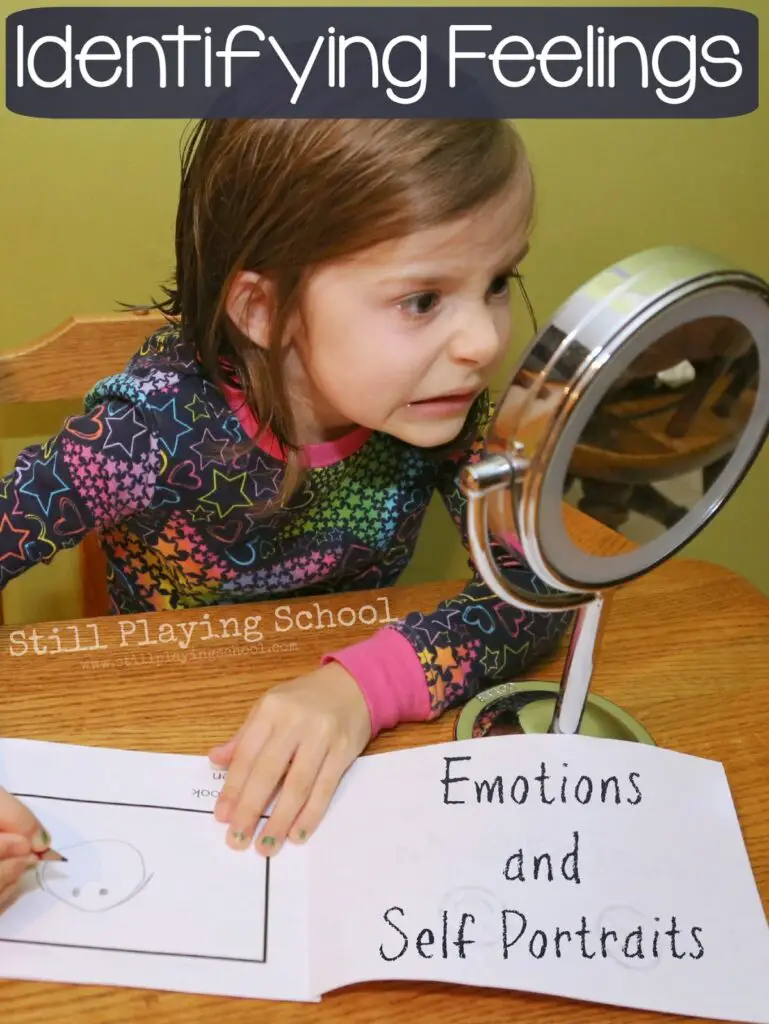
Another way for children to better understand their varying emotions is through writing about them. This activity booklet allows children to document their feelings as they try to draw their portraits.
This is a great opportunity to learn about self-awareness. Children will be drawing, coloring, and cutting. These tasks will help children improve their fine motor skills.
Download and print the free emotions booklet from the site. Cut out and staple the pages together to form a book. Next, ask the child to look at the mirror and describe the emotions that can be seen.
Probe further once the child answers. For example, if the child says sad, ask for possible reasons. Next, transfer these ideas to the booklet. Let the child draw what was seen in the mirror.
Each of the pages provides a sentence structure for children to follow through, which says, “I look___ when ___.” Children will need to write the emotion first, followed by the reason.
For this activity, you will need:
- Printed booklet
- Pencil or markers
- Scissors
- Stapler
- Mirror
For more information on this activity, go to StillPlayingSchool.com.
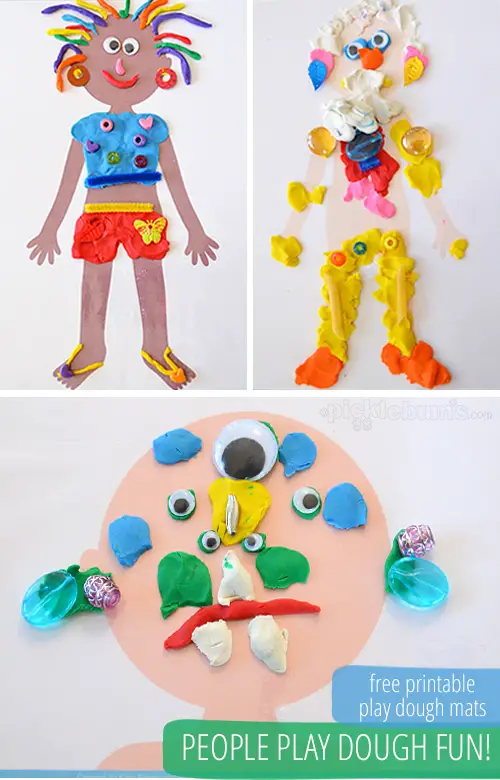
Playdough mats let children be creative while having fun. Aside from playdough, other loose parts may be used to decorate the outline of people. These can be small objects that can complete the person’s overall look.
These mats also serve another function; teaching children about different emotions. These come in two kinds. One is the whole body mat, and the other is the face mat.
The mats are inclusive and promote diversity since they come in four different skin tones. Children will also improve their fine motor skills and hand muscle strength as they work on the clay.
Download and print the free mats from the site. Provide different colors of playdough to children. Let them create their version of themselves by adding facial and body parts. They can add loose parts to make the final output colorful and unique.
Focus on creating a facial expression that represents their current or past feelings. Discuss the reason and the importance of managing this emotion.
For this activity, you will need:
- Playdough mats
- Googly eyes
- Playdough
- Loose parts, such as beads and pasta
For more information on this activity, go to PickleBums.com.
Conclusion
Learning about emotions and feelings can be an engaging task for young children when presented with fun and exciting activities. They need to recognize their feelings and be aware of how these should be managed.
As they do, they will grow into individuals with a healthy mindset and outlook. They will be able to express themselves confidently and bravely take on challenges.
Thank you for reading!


